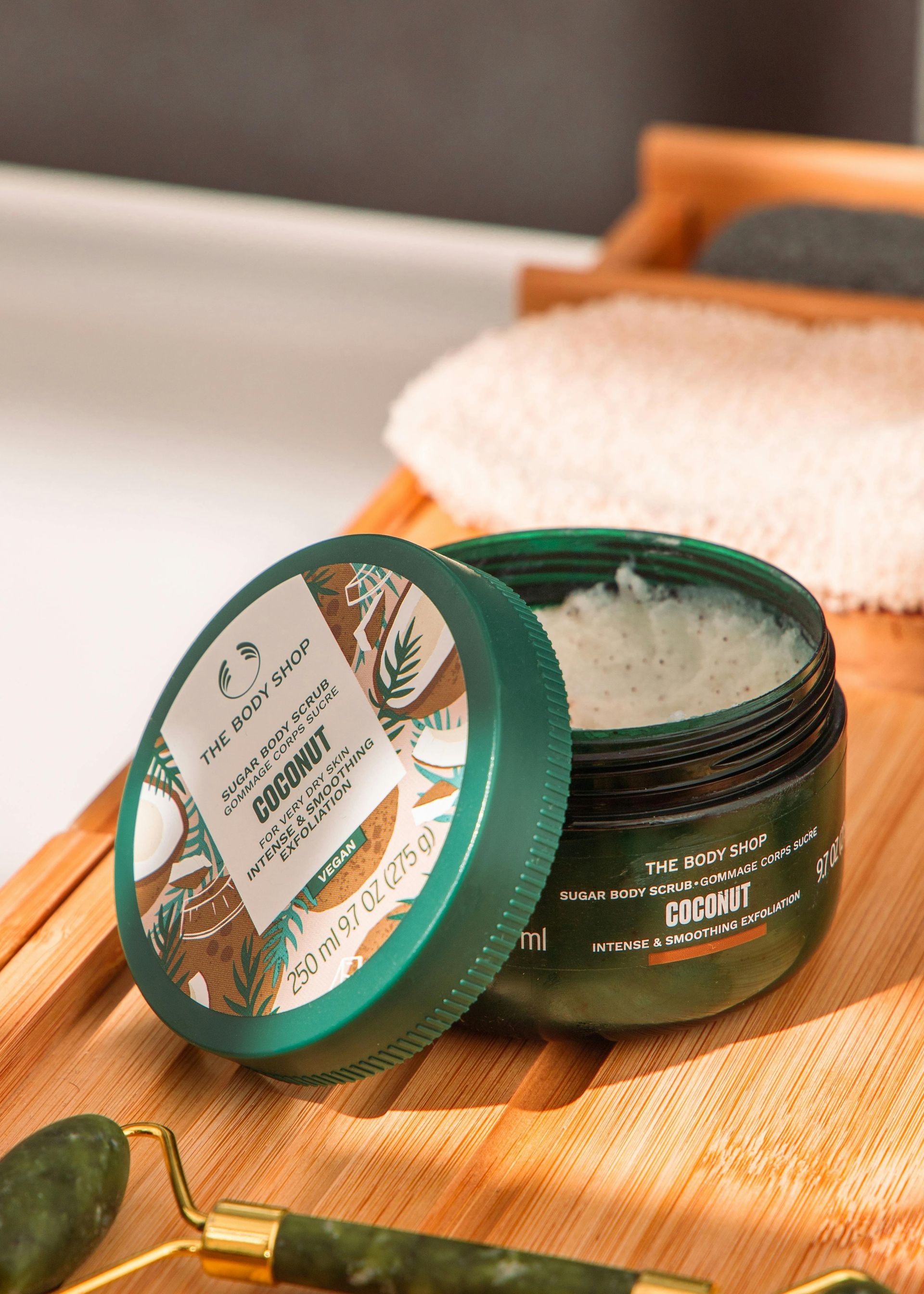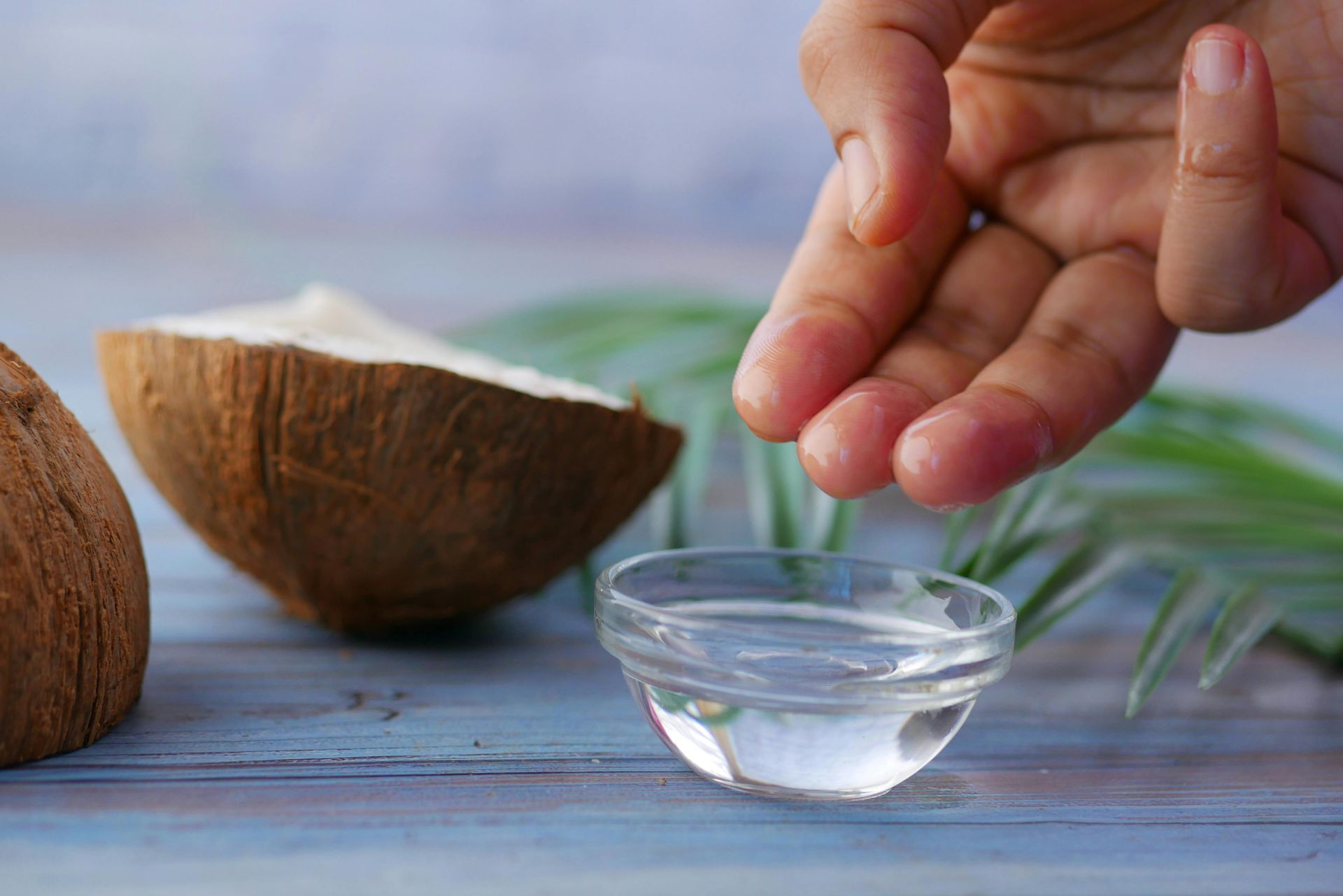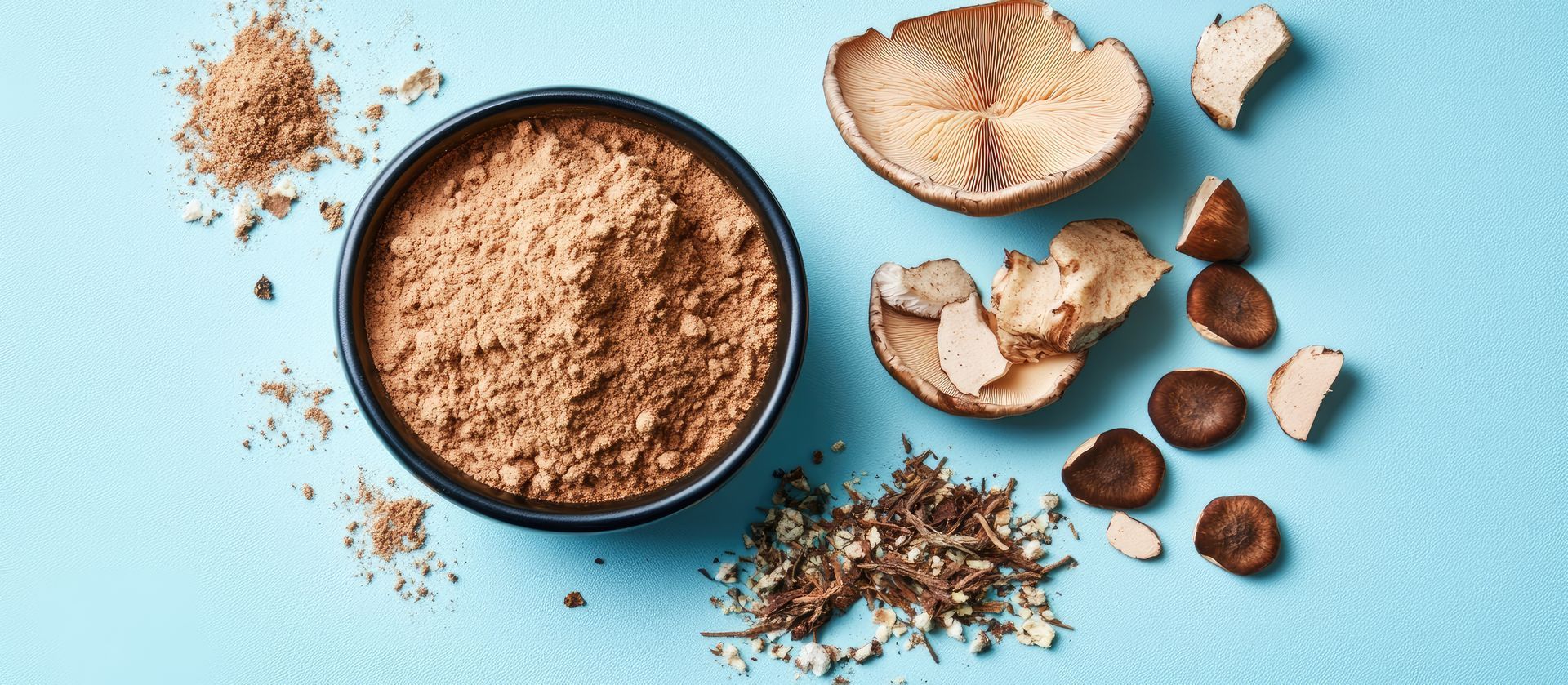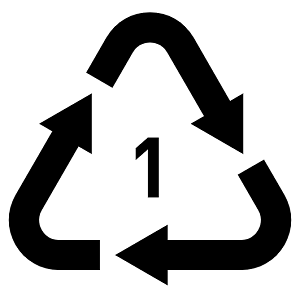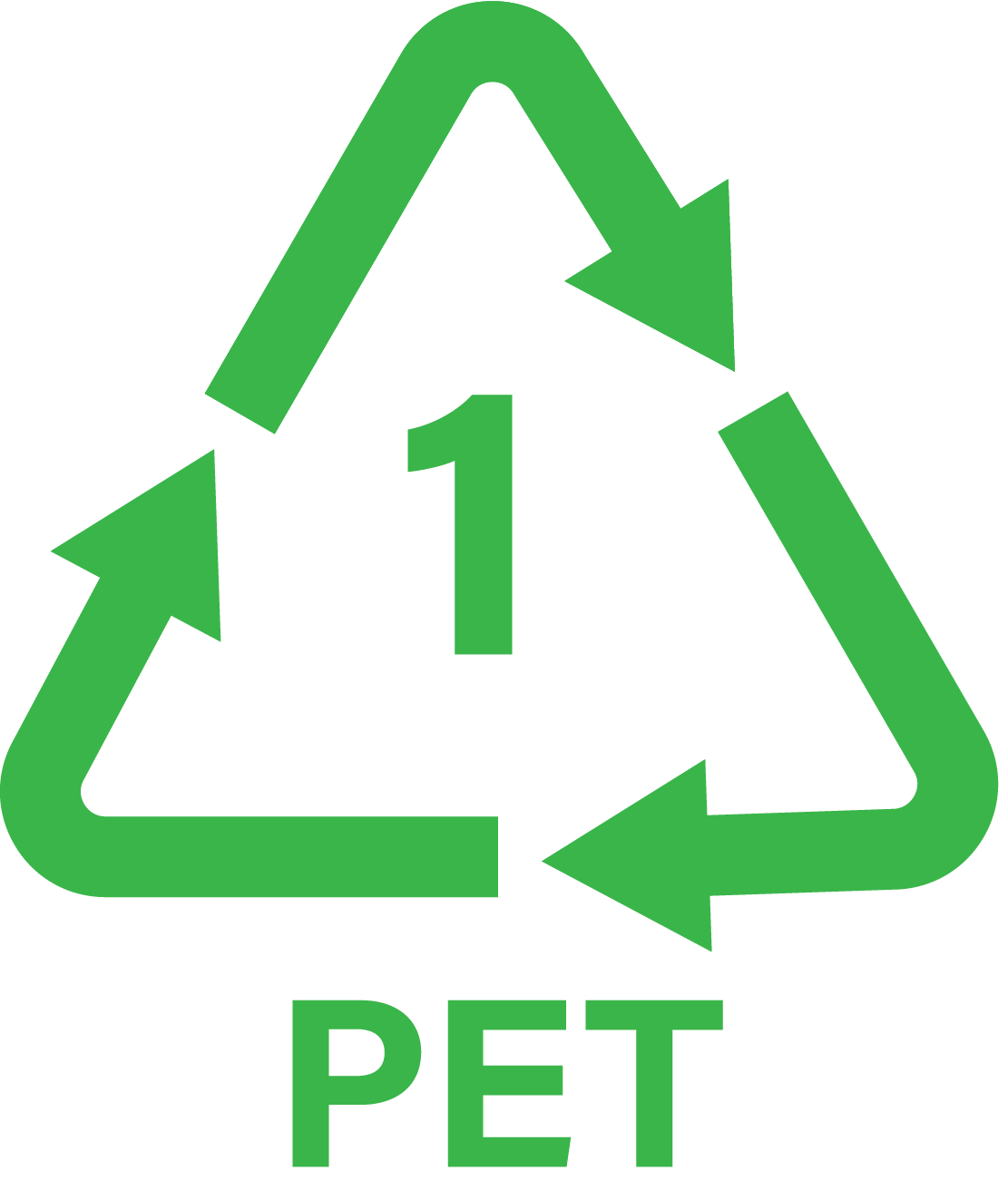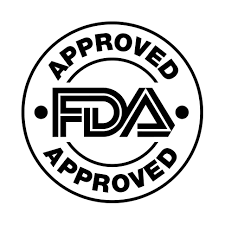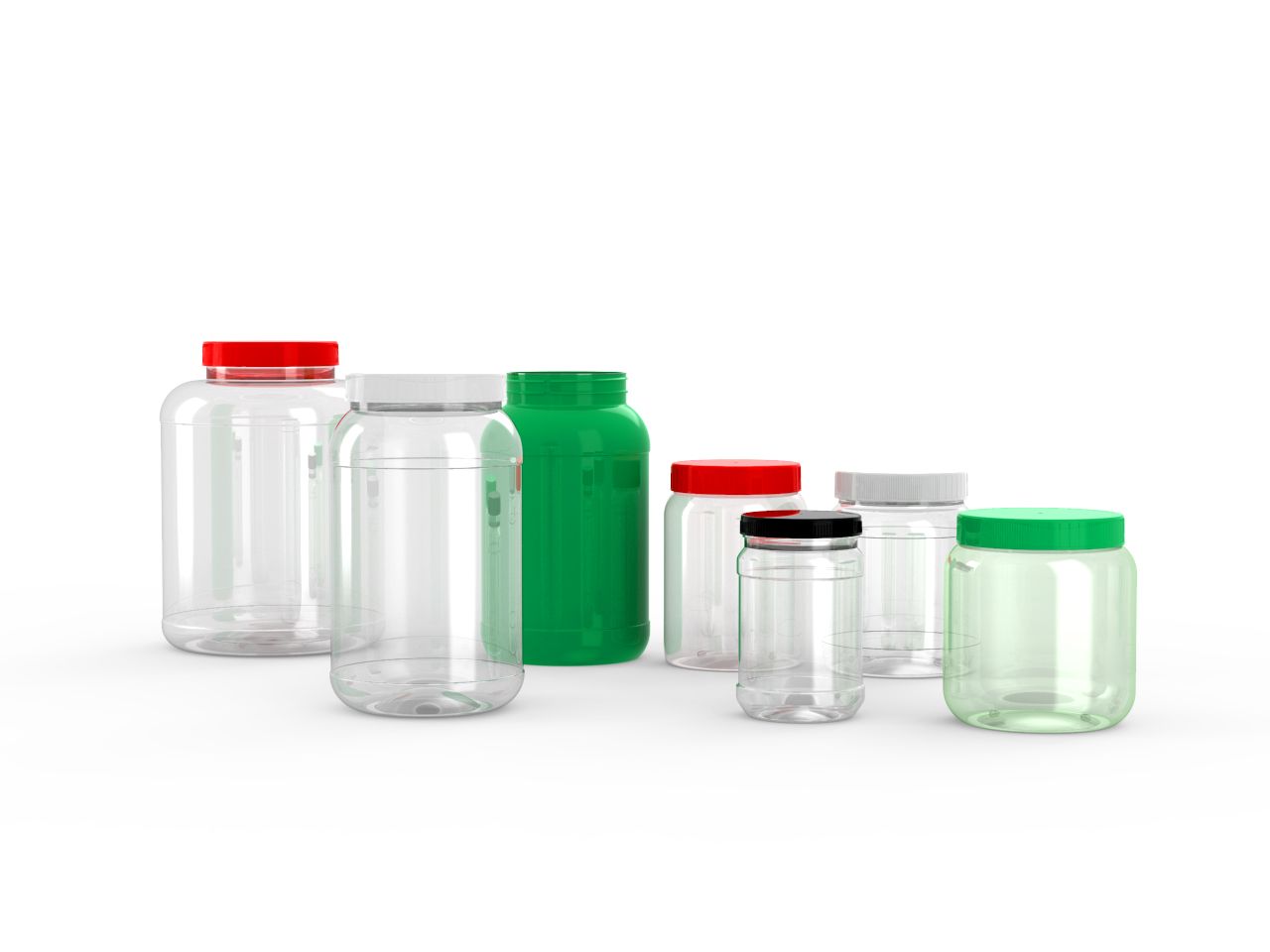5 Steps of Sorting Recycled Plastic
How Plastics Are Sorted During the Recycling Process
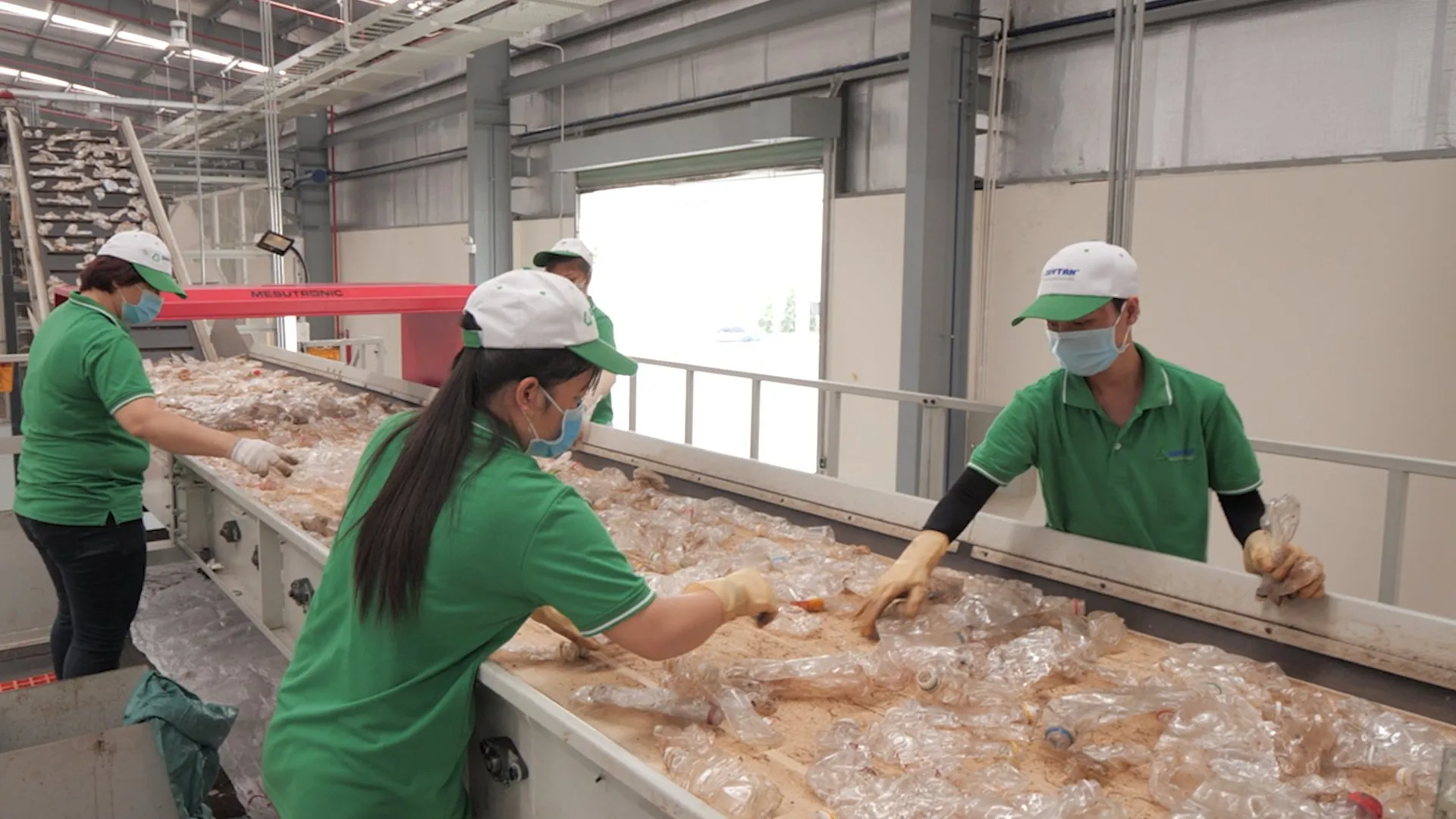
Recycling plastic isn’t just a one-size fits-all process. There are hundreds of varieties of plastic, which are typically divided into six specific categories and (a broad catch-all dubbed “Other”):
- PET (polyethylene terephthalate)
- HDPE (high-density polyethylene)
- PVC (polyvinyl chloride)
- LDPE (low-density polyethylene)
- PP (polypropylene)
- PS (polystyrene)
- Other (all the rest)
Each of these plastics has its own resin type, with its own unique characteristics, and each needs to be processed apart from the rest. Separating them prior to recycling is challenging, but necessary. Fortunately, we’ve developed ingenious and meticulous methods for sorting discarded plastic in order to give it a second life.

1. Automated Identification
In the modern era of recycling, technology takes center stage so it’s no surprise that automated sorting systems (equipped with an array of sensors and optical scanners) come into play. These systems are designed to identify and categorize plastic items based on their distinct attributes. The process begins with a conveyor belt moving the plastic waste through an array of sensors that analyze factors like density, color, and even the plastic’s behavior when exposed to specific wavelengths of light. This advanced technology allows for high-speed and accurate sorting.
2. (NIR) Near-Infrared Spectroscopy
One of the groundbreaking technologies used in the sorting process is NIR (near-infrared spectroscopy). This technique involves shining near-infrared light onto the plastic items. Different types of plastic absorb and reflect this light in unique ways due to their varying molecular structures. By analyzing the reflected light, sensors can effectively determine the resin type of each plastic. For example, PET and HDPE emit different NIR spectra, allowing them to be differentiated.
3. Air Jets and Pneumatic Systems
Once the sensors identify a specific type of plastic, pneumatic systems come into play. These systems use strategically placed air jets to divert the plastic items into different collection bins. If a sensor detects PET, for instance, the air jets will redirect that item to the PET collection area. This method keeps the sorting process efficient and streamlined.
4. Manual Intervention
While automated systems have significantly improved the accuracy of recycled plastic sorting, there are still some instances where manual intervention is necessary. Plastic items that are irregularly shaped or unusually colored often pose a challenge for the sensors. This is where skilled workers step in to ensure that the correct sorting decisions are made.
5. Separating Out Non-Recyclable Plastics
During the sorting process, it’s essential to identify and separate non-recyclable plastics, such as PVC. PVC (often used in pipes and certain packaging) is notoriously difficult to recycle due to its chemical composition. Automated systems are equipped to identify PVC based on its distinct properties and divert it away from the recycled plastics stream.
Sorting different types of plastic for recycling can be likened to conducting a symphony of innovation and expertise. The harmony between cutting-edge technology and human involvement ensures that plastic items are accurately identified, sorted, and prepared for the next stages of the recycling journey.
If you’d like to know more about our plastic recycling technology and capabilities, please visit the
Recycled Plastic page on
Plascene’s website.


